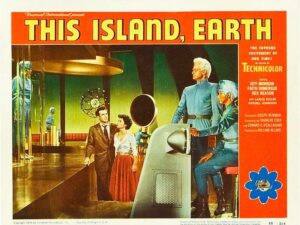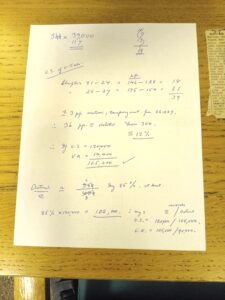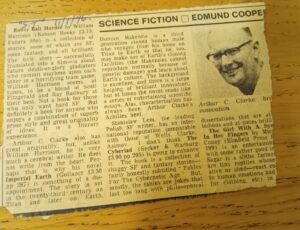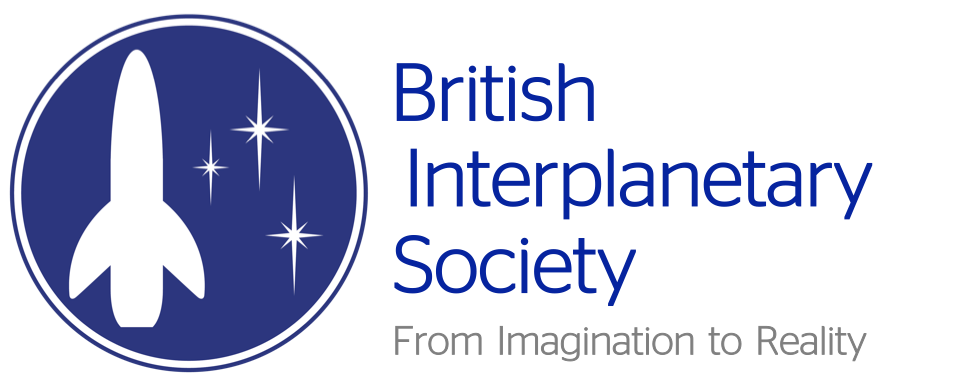by Mark Stewart, FBIS
Editor
Odyssey – the Science Fiction, Space Art and Cultural Magazine of the British Interplanetary Society
Friends to the end – Val Cleaver and Arthur C. Clarke
“Remember them as they were; and write them off.” – Ernest Hemingway on lost friends
“For every man has business and desire.” – Hamlet, Act 1, Scene 4
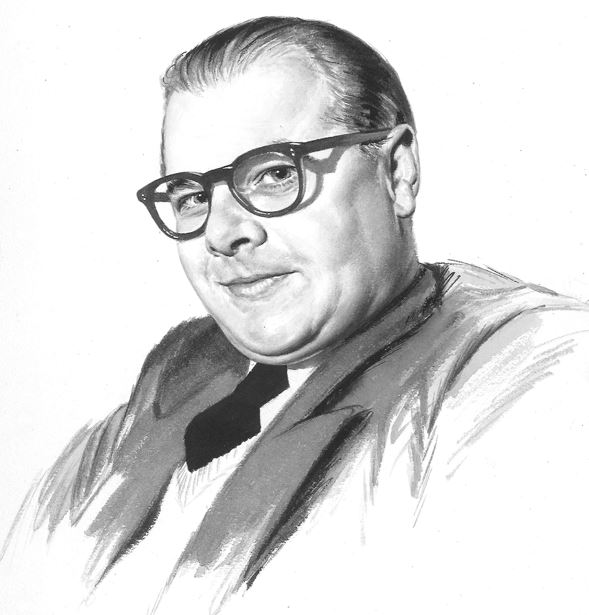
Without Val Cleaver there would be a massive gap in the BIS “Clarke-ives”. There would be no collection of signed first editions, and probably no picture of Val and Arthur standing before the walls of Warwick Castle in the long-ago heatwave-summer of 1973. If there’s one picture that sums up both their friendship and the importance of Val’s contribution to the BIS archives it’s that hugely evocative picture, which is why it can now be found framed on a shelf in the archives themselves. It’s not known whether Val bequeathed his collection of signed copies to the BIS or if his family did – either way the books constitute one of the jewels in the crown of the library and archives. They are also a direct living link to Val himself and to the world famous author who wrote all those books.
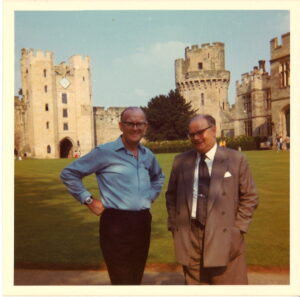
Val should be better known than he is. He hovers on the edge of the luminous circle cast by Clarke himself and other BIS members such as Patrick Moore. But he belongs most assuredly in that “Golden Generation” that included the likes of Ken Gatland and Eric Burgess and briefly, at least for one famous lecture, Olaf Stapledon. Val was once described as “the British Werner von Braun” before all the controversy erupted surrounding Wernher’s reputation and legacy. The comparison was and remains a great compliment, fully justified.
Arthur always sought and received the advice of his friend and fellow BIS member when it came to ensuring that his stories were technically convincing, as well as a pleasure to read. In the case, for example, of Imperial Earth “business and desire” combined to produce a story that would have made a good follow up to 2001: A Space Odyssey, if only Stanley had been tempted by this tale of two worlds, one of which is far closer to the Sun than the other can ever be.
Arthur Clarke’s scientific credentials were impeccable – this was, after all, the man who invented the concept of the geosynchronous satellite – but even he found it useful to check the engineering validity of his stories with a real-life rocket scientist, with his longtime friend and collaborator. In return for this advice, Arthur would present Val with a hardback first edition of each novel, signed by the author, invariably with a message of appreciation. These hand written messages have imparted to each book something very close to an electrical current, a tactile charge which can still be felt whenever the book is picked up and opened. It is a resonance which shows no sign of fading. The signed copy of Imperial Earth in the Society’s archives contains not just an inscription but a number of newspaper cuttings tucked away inside the book, placed there by either Val or Arthur. These extracts comprise a fascinating time capsule. As its contents are reviewed you can almost hear the sound of Arthur’s typewriter as he finishes the final page of the manuscript before sending the copy off to Val for a final check. Eventually this dialogue (in whatever form it took in those days before e-mails and texts) resulted in the following dedication written by Arthur to his close friend:

This enduring time capsule is made of paper and, like all such devices, of memories. The lid of the capsule is the book cover itself and once opened reveals paper cuttings (mostly newspaper reviews) squirreled away when the novel was first printed: as with all such things, some of the reviews are good, some not so good. The story is from the author’s “golden period” and stands comparison with other exemplars from his personal canon, including The Fountains of Paradise and Rendezvous with Rama, and –– of course –– the Space Odyssey novels. Indisputably the novel has stood the test of time and remains in print to this day.
Val was a frequent contributor to JBIS, writing technical articles such as Electro-Gravitics, A Programme for Achieving Interplanetary Flight, Rockey Engines and Propellants, and The Atomic Rocket, all of which sound like the blueprint for a 1950s sci-fi movie – When Worlds Collide, perhaps, or This Island Earth. Wernher von Braun was also published many times in the journal and was in fact an Honorary Fellow of the Society (as well as the first ever recipient of its Gold Medal), and it’s intriguing to wonder if Val and Wernher ever corresponded, or indeed if they ever met in-person.
So Arthur and Val were friends and fellow visionaries right to the end, one working largely in the realm of fiction, the other designing aerospace and rocket engines on projects such as Blue Streak. The end for Val came at what would now be considered a comparatively young age (is sixty not the new forty?). In any event he passed on 6 October 1977. And that’s when Arthur stopped signing first editions for his friend, the last being Imperial Earth itself.

